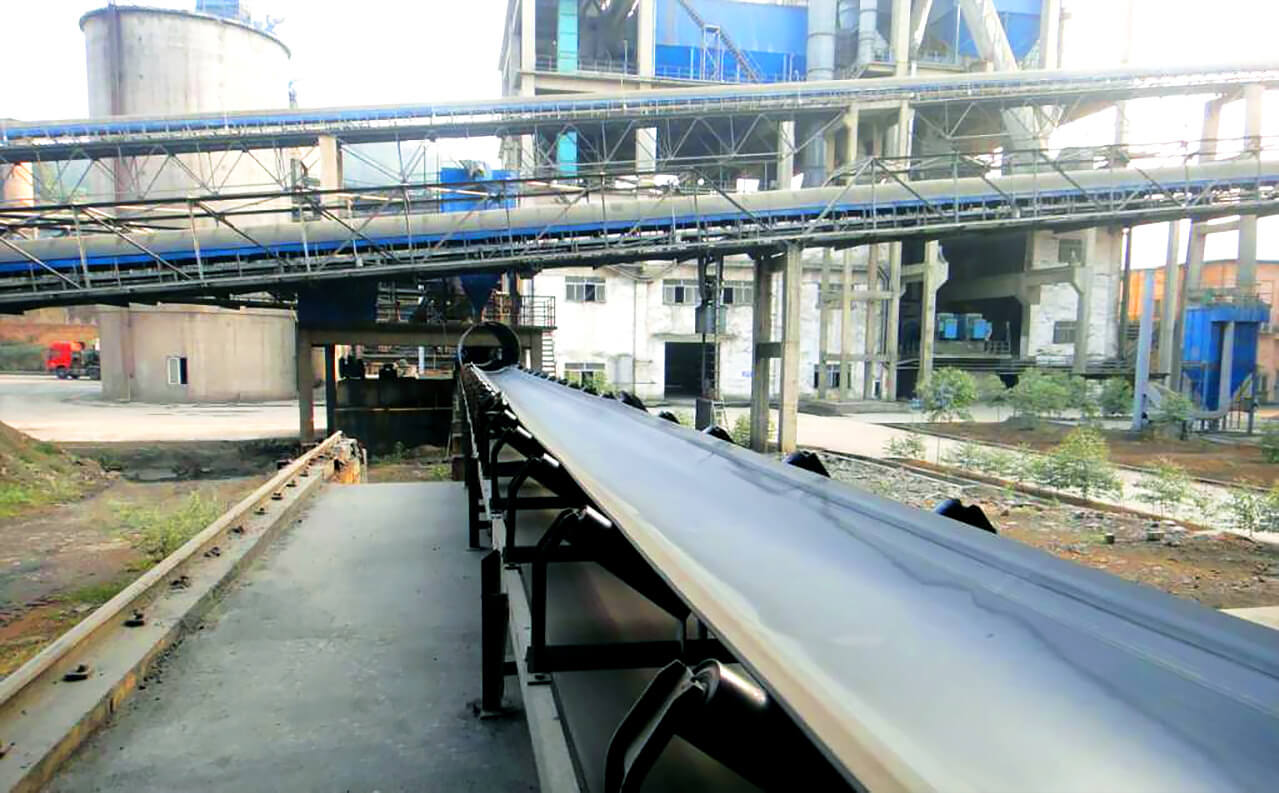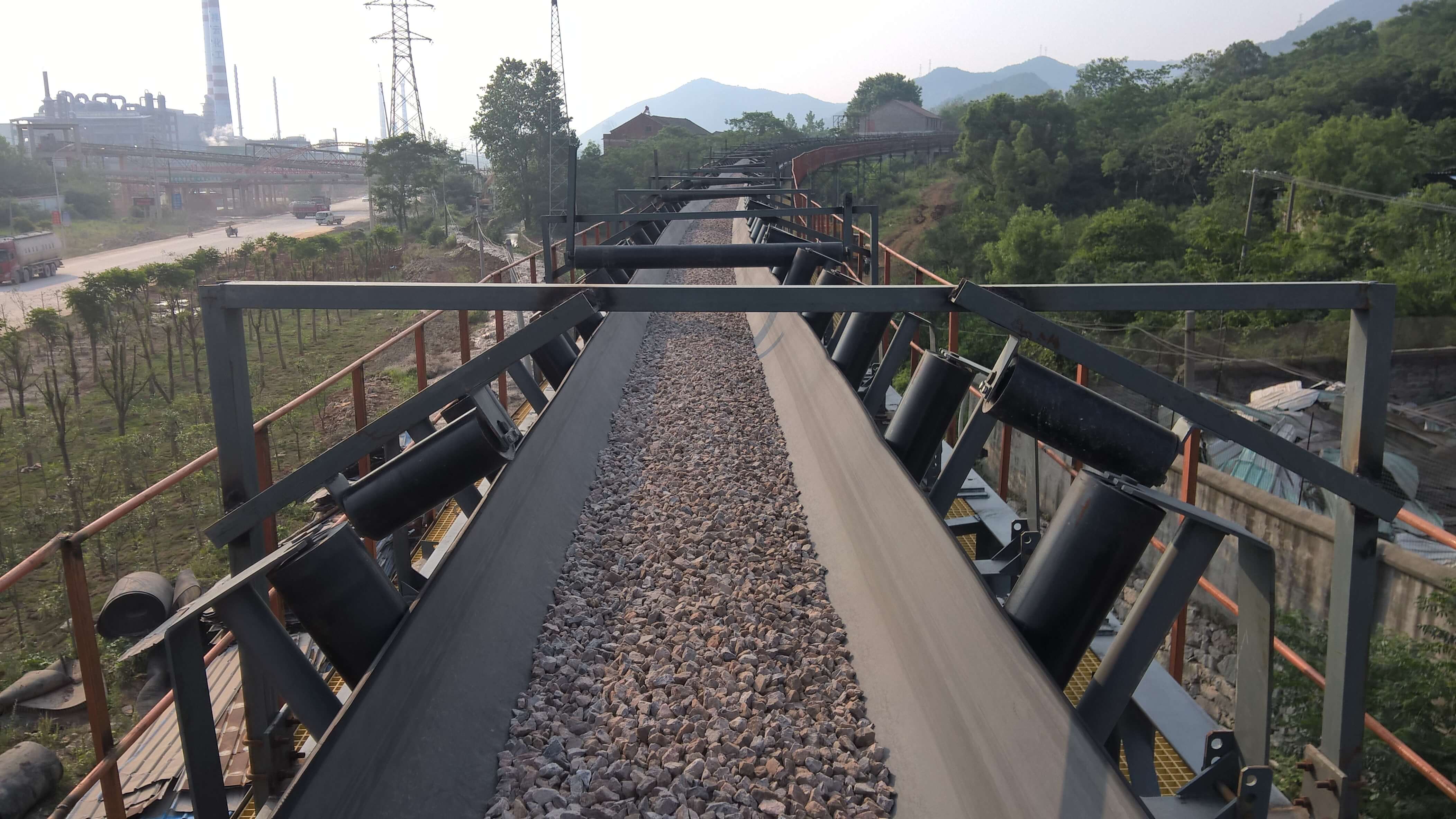1. Operating procedures for belt conveyor systems :
(I) Procedures before operation
(1) Check if the Conveyor Belt system is on a solid foundation and if the oil quantity of each lubricating point is sufficient.(2) Ensure the tightness of the conveyor belt is appropriate, the transmission components such as bearings and gears are intact, the safety protection devices are safe, reliable, and complete, and the grounding treatment of the equipment is good.
(3) Before the conveyor belt system starts to work formally, it should be idled for 3-5 minutes. During this period, check if the motor and rotating parts are abnormal, if the roller rotates flexibly, and if the conveyor belt slips and deviates.

(II) Operating procedures during operation
(1) Start the conveyor belt system with no load first, and then load after the operation is normal. It is not allowed to start the conveyor belt system after loading.(2) Observe the operation of the machine at any time. Once the conveyor belt system is found to be abnormal, it should be stopped immediately for adjustment or maintenance.
(3) When the conveyor belt system is working, it is not allowed to cross over or pass under it.
(4) If large materials are conveyed, protective devices shall be installed to ensure safety.
(5) In case of shutdown, cut off the power supply first, and then deal with the conveyor belt system.
(III) Operating procedures after operation
(1) Stop the conveyor belt system after all the materials are unloaded, and then disconnect the power supply of the equipment.(2) Clean the operation site and carry out daily maintenance of the conveyor belt system.
2. How to maintain the conveyor belt system well?
(I) Safe operation:
(1) Try to reduce the height of the sinking material and reduce the impact of the material on the conveyor belt system, so as not to damage it. If necessary, install screw conveyors, oscillating feeders, and other feeding facilities.(2) Eliminate the factors causing deviation as early as possible on the conveyor belt system.
(3) Firmly maintain the maintenance system of the conveyor belt system to prevent man-machine accidents.
(4) Make sure the conveyor belt system starts to work with no load, and strictly observe the operating procedures and follow the order.
(5) Record the operation and protection of the conveyor belt system, and hand over the shift.

(II) Protection and maintenance:
(1) Check if there is any abnormal condition at the joint of the conveyor belt system, such as cuts, cracks, etc., and damage caused by other reasons.(2) Check if the upper and lower rubber layers of the conveyor belt system are worn, and if the flange belt is worn.
(3) Check if the rubber scraper of the thorough cleaning device is seriously worn and cannot be in close contact with the adhesive tape. If so, debug or improve the rubber scraper for the conveyor belt system.
(4) Maintain the flexible rotation of each idler of the conveyor belt system, and improve the idlers that do not rotate or are damaged.
(5) Avoid belt deviation and keep the belt running on the core line of the conveyor belt system.
(III) Regular inspection and repair
(1) Regularly add oil to various bearings of the conveyor belt system.(2) All anchor screws and cross-beam connecting screws of the conveyor belt system shall be refilled and tightened.
(3) Repair or improve other worn parts or devices of the conveyor belt system.
(4) Patching or improvement of the tape on the conveyor belt system.
(5) For materials with high temperature, acid, alkali, oil, or organic solvents, use special conveyor belts deemed suitable for use to ensure the life of the conveyor belt system.


 ZOOMRY
ZOOMRY
